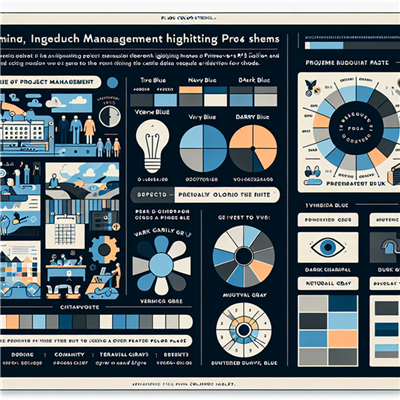
In the world of technology, RTOS with PIC Microcontroller Programming has emerged as a vital tool for developing real-time systems. It is an area that any aspiring or established IT professional should understand, especially those looking to further their careers in the field. So, what is RTOS and PIC Microcontroller Programming? Let's dive in and explore.
What is RTOS?
RTOS, or Real-Time Operating System, is a type of operating system designed specifically for real-time applications. These applications need to process data as it comes in, typically without buffering delays. RTOS is designed to provide consistent and predictable response times, making it ideal for time-critical applications.The Role of PIC Microcontroller in RTOS
A microcontroller is a compact integrated circuit designed to govern a specific operation in an embedded system. A PIC Microcontroller is a popular type of microcontroller that is used in many different applications. When combined with RTOS, a PIC Microcontroller can offer more predictable, high-performance results.How RTOS with PIC Microcontroller Programming Works
Below is a simplified process of how RTOS with PIC Microcontroller Programming works:1. Tasks are defined and prioritized within the system.
2. The RTOS schedules tasks based on their priority.
3. The PIC Microcontroller executes the high-priority tasks first.
4. Lower priority tasks are executed as and when system resources become available.
Benefits of Understanding RTOS with PIC Microcontroller Programming
Understanding RTOS with PIC Microcontroller Programming can offer numerous benefits:- Increase in Efficiency: With RTOS, you can ensure that the most crucial tasks are handled first, leading to improved efficiency.
- Real-Time Application: RTOS is designed for real-time applications, making it ideal for tasks that require instant processing and response.
- High Demand: With the increasing use of real-time systems in various sectors, the demand for professionals with knowledge of RTOS and PIC Microcontroller Programming is on the rise.



.jpgM.jpg)



COMMENT